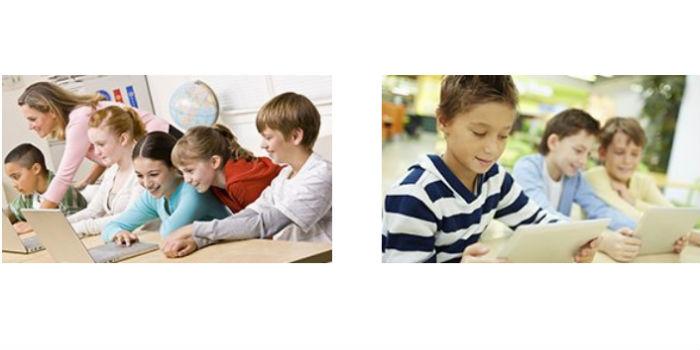 Latin America. An image of a class clearly has some elements in common with today's teaching spaces, such as chairs, tables, flat screens, as well as with students and a teacher. Students and teacher look toward different, more interactive, virtual, and out-of-classroom teaching.
Latin America. An image of a class clearly has some elements in common with today's teaching spaces, such as chairs, tables, flat screens, as well as with students and a teacher. Students and teacher look toward different, more interactive, virtual, and out-of-classroom teaching.
The physical class of 2020 will not be so different from today's class. But, the means used for teaching and learning, which had remained constant for centuries, are now undergoing accelerated change. Also, the content that is taught advances, especially in terms of personalization.
Virtual and mixed reality are entering the classroom and bringing the subjects to life. Virtual field trips to museums, historical sites, even past periods in history are now possible without leaving the classroom. Google virtual Expeditions takes students on "guided tours of places where school buses can't go." For low cost, Google Cardboard offers an immersive 3D virtual reality experience to students. Every carton requires a smartphone to work, but almost any Android or iOS phone will suffice.
Perhaps even more important than occasional field trips, are the new possibilities offered by virtual and mixed reality to engage students with traditional themes. Students can interact collaboratively with virtual objects in a mixed reality. They can share experiences simultaneously while inside the classroom or remotely.
The educational content and subject matter taught today is changing in three ways. First, it is being adapted to make the most of new media; second, it is constantly updated to align with our evolving knowledge of science and history; and third, it is modified to incorporate new methods to effectively teach traditional subjects such as mathematics and language.
A close look at the classroom 2020
What are the safe predictions for the 2020 classroom? The walls, carpets and windows will probably be similar to those of today; although there is a more distant view involving a fully virtual school that completely eliminates the need for a dedicated school building. Similarly, the 2020 classroom will still need to accommodate eBooks, screens, monitors, and student devices with keyboards. Even if voice input technology becomes much better than it is today, keyboards will still meet the need to interact in noisy rooms. Display devices must be able to display increasing amounts of streaming data, including high-definition videos, and will require more Wi-Fi bandwidth than ever before.
Classroom environment or climate, including room temperature, humidity, CO2 and O2 levels, along with other aspects of air quality, can be constantly monitored, controlled, and adjusted to desirable conditions. Do you need a slightly cooler temperature during a particularly active class? No problem. The same applies to lighting, which can be programmed to optimally match students' natural biorhythms, no matter what the local weather conditions are on a particular day. Even the smell of the class can be programmed for optimal learning during each lesson.
The role of the teacher continues to evolve, primarily from being a content provider, to one of facilitator and traffic director, who engages when individual students require supplemental help. The instructor can monitor each student's activities with videos and audio. They can direct the flow of the lesson through a controller.
Classroom attendance is automatically updated by a camera located near the front of the room. During testing, the camera works in conjunction with key recording and real-time response tracking to avoid cheating.
The advent of the Internet of Things is making science class more engaging. Low-cost devices like PocketLab and Lab4U that connect to smartphones provide powerful science lab instruments, capable of measuring acceleration, force, angular velocity, magnetic field, pressure, altitude, and temperature. Combine these sensors with robotics and controllers, and students can directly participate in science experiments without being present in the classroom. Dangerous experiments, which in the past would have been impossible for students to observe can now take place in virtual reality.
Wearables are having an impact on the classroom. Fitness bands and heart rate monitor provide consistent data on student health. Theoretically, teachers could monitor how each lesson affects students' vital signs, in order to better understand who is paying attention. Several types of pop-up wearables are attached to the student's skull. The Thync module helps reduce student stress and the limit of neuronal enhancement developed by Vanderbilt University increases learning by stimulating the medial-frontal cortex of the brain.
Equally, striking as what to expect in the classroom 2020 is what will be missed. Some of the missing elements are relatively minor such as incandescent or fluorescent lighting. Programmable and efficient Wi-Fi multi-color LED lighting will be turned on. Traditional books along with paper and pencils will fade away. The need to print is gone. Most importantly, the classroom no longer has cables to get in the way, cause tripping, or cause interruptions when inadvertently disconnected. In the very near future, all devices will connect wirelessly using a robust, high-performance Wi-Fi network.
A high-performance 801.11ac Wave 2 access point provides full coverage bandwidth for the 2020 classroom.
The main uncertainty for the 2020 classroom is how infrastructure and devices will be used, and what content will travel through it. But that question depends on the educators who design the curriculum of tomorrow. As technology providers, we will offer the best learning environment, one that can animate the most engaging educational content.
Accelerating the evolution of classroom media
The components that make up a traditional textbook date back to 100 BC, when paper was first used in China. Printing and typesetting took almost 2,000 years to facilitate the reproduction of books. After another 530 years, digital screens and word processing arrived. Low-cost e-books, such as the Kindle, were introduced 27 years after basic word processing. Now, nine years after the e-book, we have virtual and mixed reality coming into the picture. Based on this trend of exponential acceleration in media innovation, the next revolutionary medium may be just around the corner. A completely new method of communication beyond virtual reality may await us. Google and Samsung are working smart contact lenses capable of taking photos and projecting images directly into the wearer's eye. Perhaps in the future, images will bypass the human optical system, feeding instead directly to the visual cortex.
The death of distraction?
One of the main problems with the proliferation of small personal devices has been the temptation of distraction. Students find it difficult or impossible to resist the appeal of an incoming text message. A very interesting side benefit of the head-mounted display (HMD) is that they control 100% of the user's attention. The student using an HMD cannot send text messages on their phone. Distraction is completely eliminated.
Text written by Bernardo Valladares Linares, SE Manager, extreme Networks Latam.












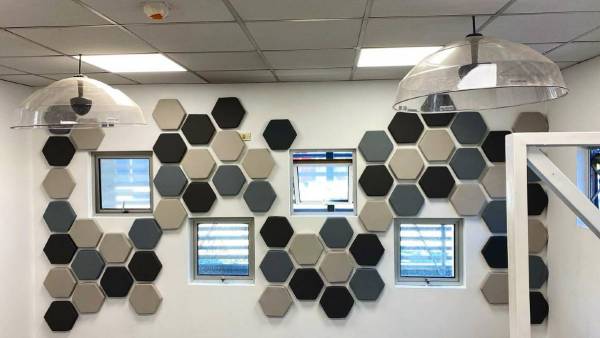
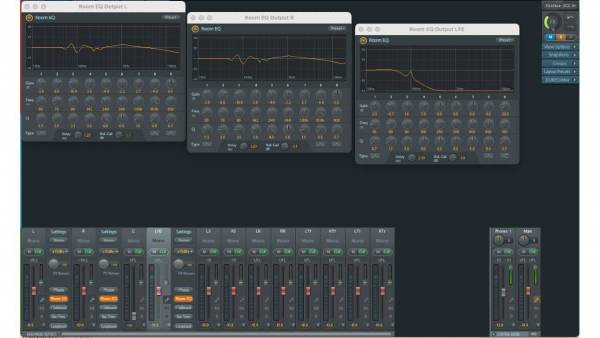

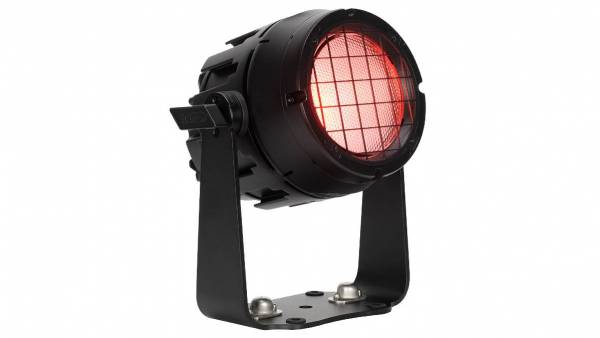
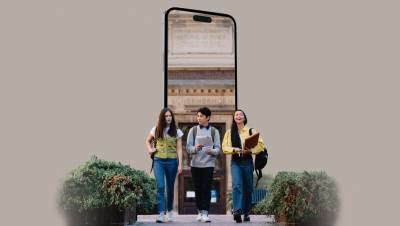
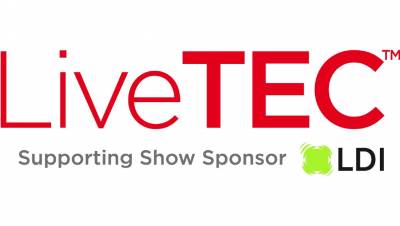








Leave your comment